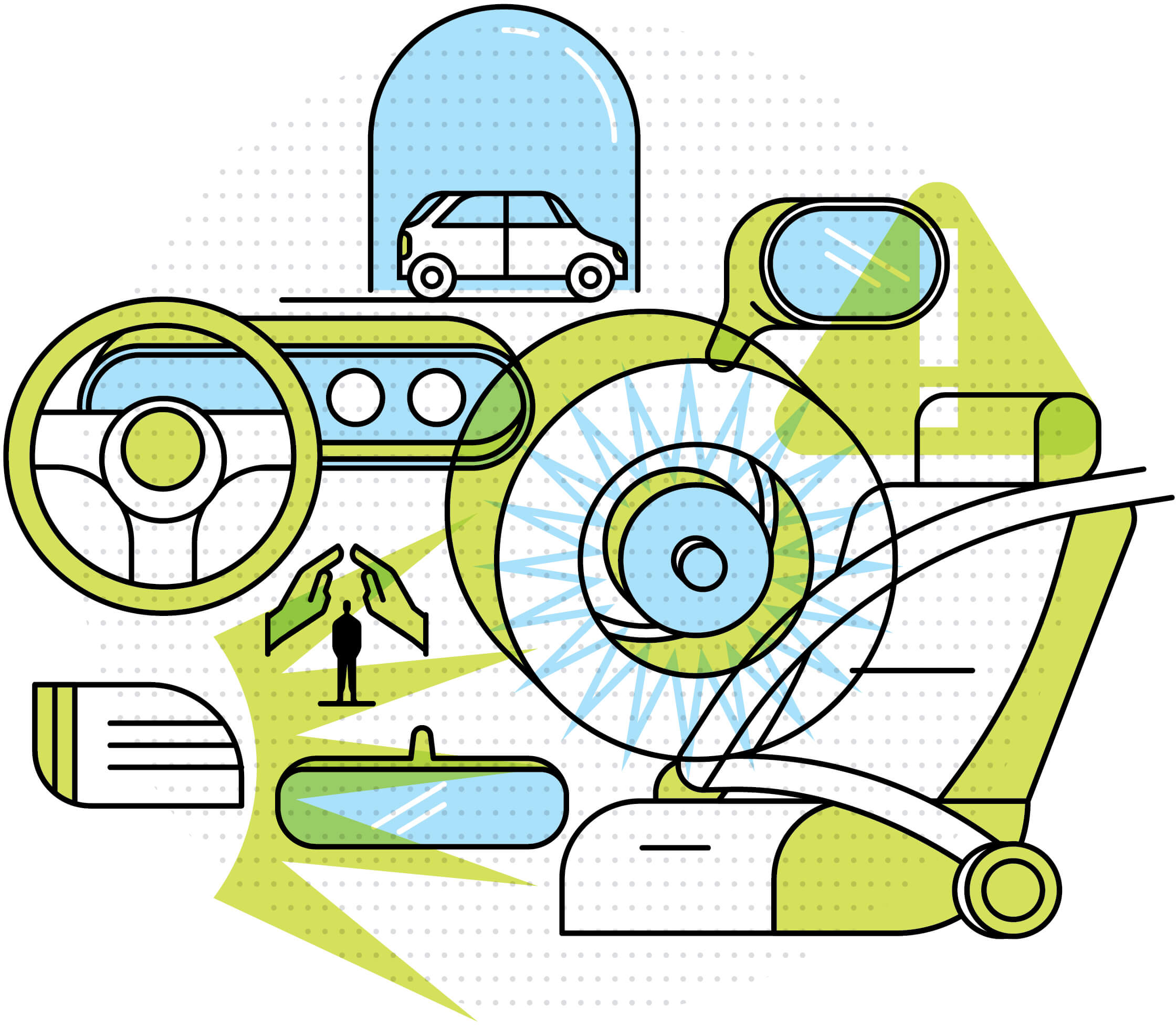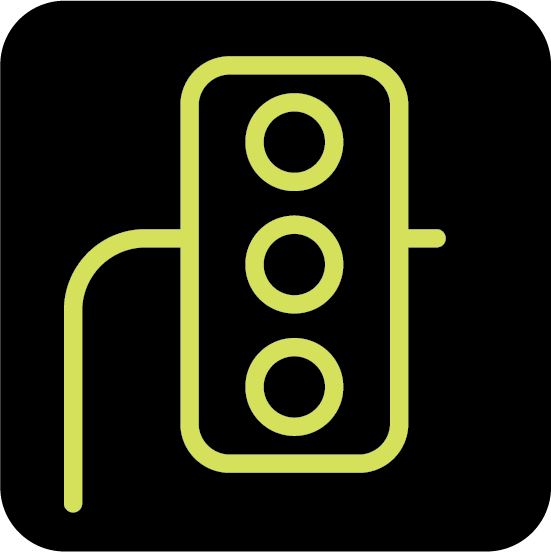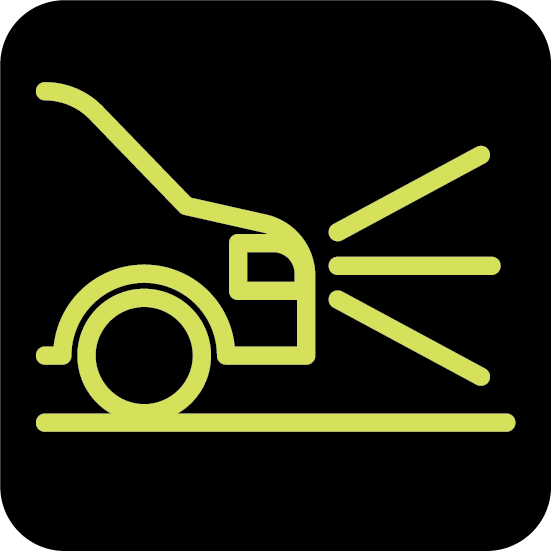Technology
HOW YOUR CAR CAN KEEP YOU SAFE
Modern vehicles are filled with tech to avoid a crash

It’s been a quarter century since airbags became mandatory in new cars and light trucks sold in the United States. Frontal airbags alone have been credited with saving more than 50,000 lives, the National Highway Traffic Safety Administration says.
But the engineers behind automotive design didn’t stop there. As technology has advanced, so have safety features. And that’s good news for older drivers, says Josh Dunning, an AARP vice president and national director of AARP Driver Safety. “Technology in vehicles has significantly improved safety over the years and when used properly can offer strong additional protection,” he says.
Here are key safety features industry professionals say you should consider.

Forward collision warning. Your car can detect another car or other obstacle ahead. When it senses the threat of a crash, based on speed and distance, it alerts you with a warning sound, visual alert, steering wheel vibration or brake pulse. “We’ve seen it reduce crashes by about a quarter,” says Jessica Cicchino, vice president for research at the Insurance Institute of Highway Safety.

Automatic emergency braking. This takes things a step further, not only detecting that you need to brake, but doing it for you. “It’s that extra bit of protection when perhaps you’re not seeing that person up ahead,” says Pam Shadel Fischer, senior director of external engagement with the Governors Highway Safety Association. Automatic reverse braking is also an option in some vehicles, says Daniel McGehee, director of the Driving Safety Research Institute at the University of Iowa. “Bumpers are expensive now,” he says. “If you even bump backwards into a pole, it’s going to cost around $3,000 to $4,000 to fix.”

Blind spot warning. This alerts you to a potential crash when changing lanes, but it takes different forms. “Ideally, you need more than just having a light on your instrument display,” says Kennerly Digges, head of the Automotive Safety Research Institute. “You need to have the wheel shake.” Cicchino says this safety feature can be especially important as we age. “Lane-change crashes are more common with older drivers. Older people might have trouble turning to check their blind spot or being able to judge traffic and spaces.”

Lane-keeping assist. This is more than just a warning light; in the best of these systems, your car gently tugs the wheel when it detects you’re drifting into another lane. “Many crashes are the result of running off the road,” Shadel Fischer says. “That’s especially true in rural areas. Lane-keeping assist gives people a nudge to get back in your lane.”

Driver monitoring systems. These systems, which detect if you aren’t keeping your eyes on the road, are becoming more common. Some can also detect if you’re becoming drowsy and warn you to take a break. “It’s a pretty simple technology,” McGehee says. “It looks at head pose; a few look at eyes as well. I would say if it’s available, I would get it.”

Traffic sign recognition. With this advanced tech, your car sees a sign, such as speed limit or yield, and displays the information on your dash. “As we get more comfortable driving, our speeds tend to go up,” Shadel Fischer says. “It’s nice to have that visual reminder that this is the speed limit for this road.”

Adaptive headlights. Unlike traditional headlights that are fixed in a single direction, adaptive headlights can sense which way you’re turning and focus the light where you’re headed. “They help illuminate the road ahead around some curves,” McGehee says.

Rear occupant alert. This senses when a passenger is still in the car and gives you a warning, especially important when transporting kids. “We have lost children because the driver was distracted and walked away and the child was left in a hot car,” Shadel Fischer says.

Front-center airbags. Digges says that having an airbag that inflates between you and your passenger is crucial. “The bottom line is that crashes come from all sides, and you need to have protection from all directions.”
Rick DeBruhl is an Emmy Award–winning reporter who has covered auto racing and collector car auctions for various TV networks.
GET TECH HELP
The National Safety Council operates a website with information on safety features. Go to MyCarDoesWhat.org.
AARP offers a service called Smart DriverTEK, which can help you learn about new vehicle safety technology. Visit aarp.org/SDTEK.